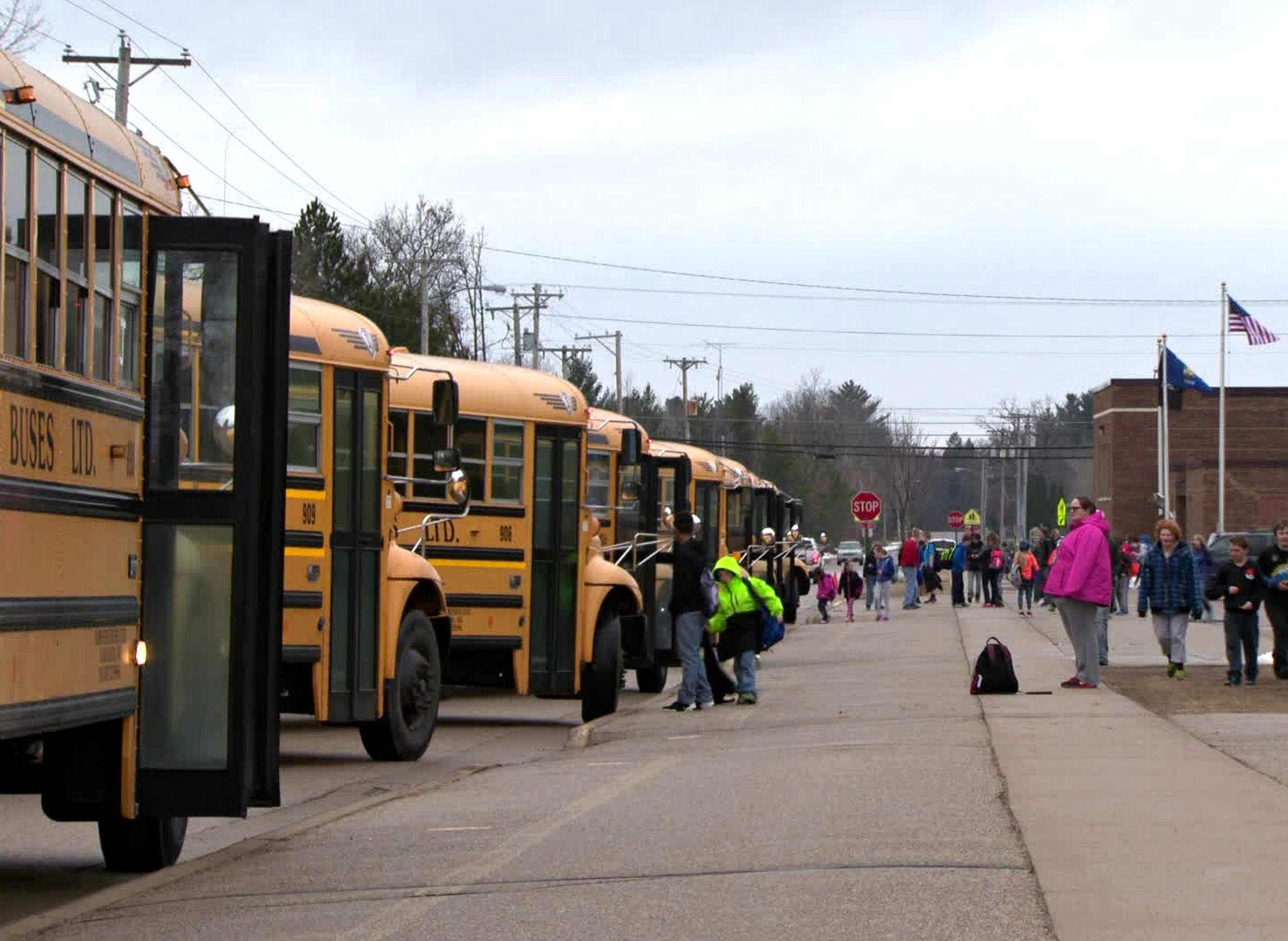
Wisconsin Public Television
Series: Challenges To Wisconsin's Rural Schools
Years of budget cuts, increased state funding for private schools, Act 10, an increase in teacher retirements and a decrease in young educators entering the workforce have reshaped the face of public education in Wisconsin over the past decade. But these changes are amplified in rural school districts around the state. Many of Wisconsin's rural counties are slowly losing population, which results in shrinking school enrollment numbers and local tax bases, putting pressure on districts budgets. With a growing teacher shortage nationwide, schools in sparsely populated areas struggle to attract new staff. At the same time, districts across the state are increasingly turning to referendums to fill the funding gap.